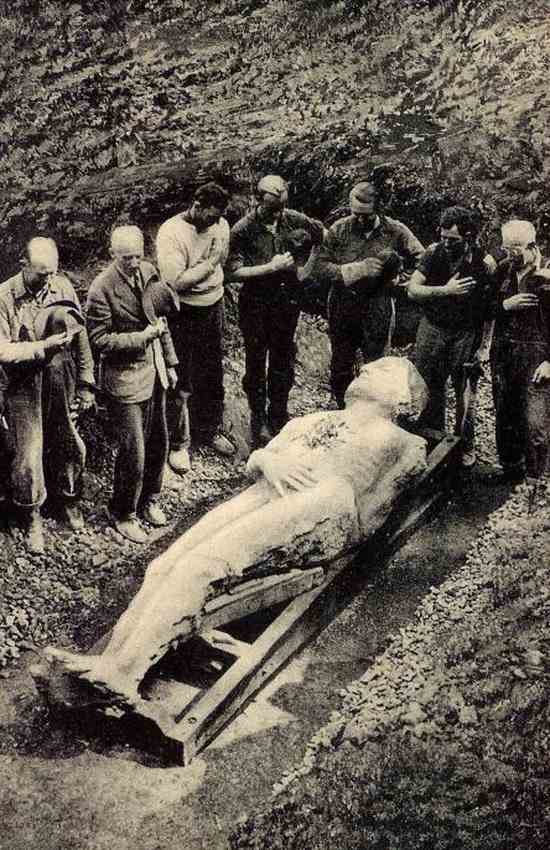The Piltdown Man
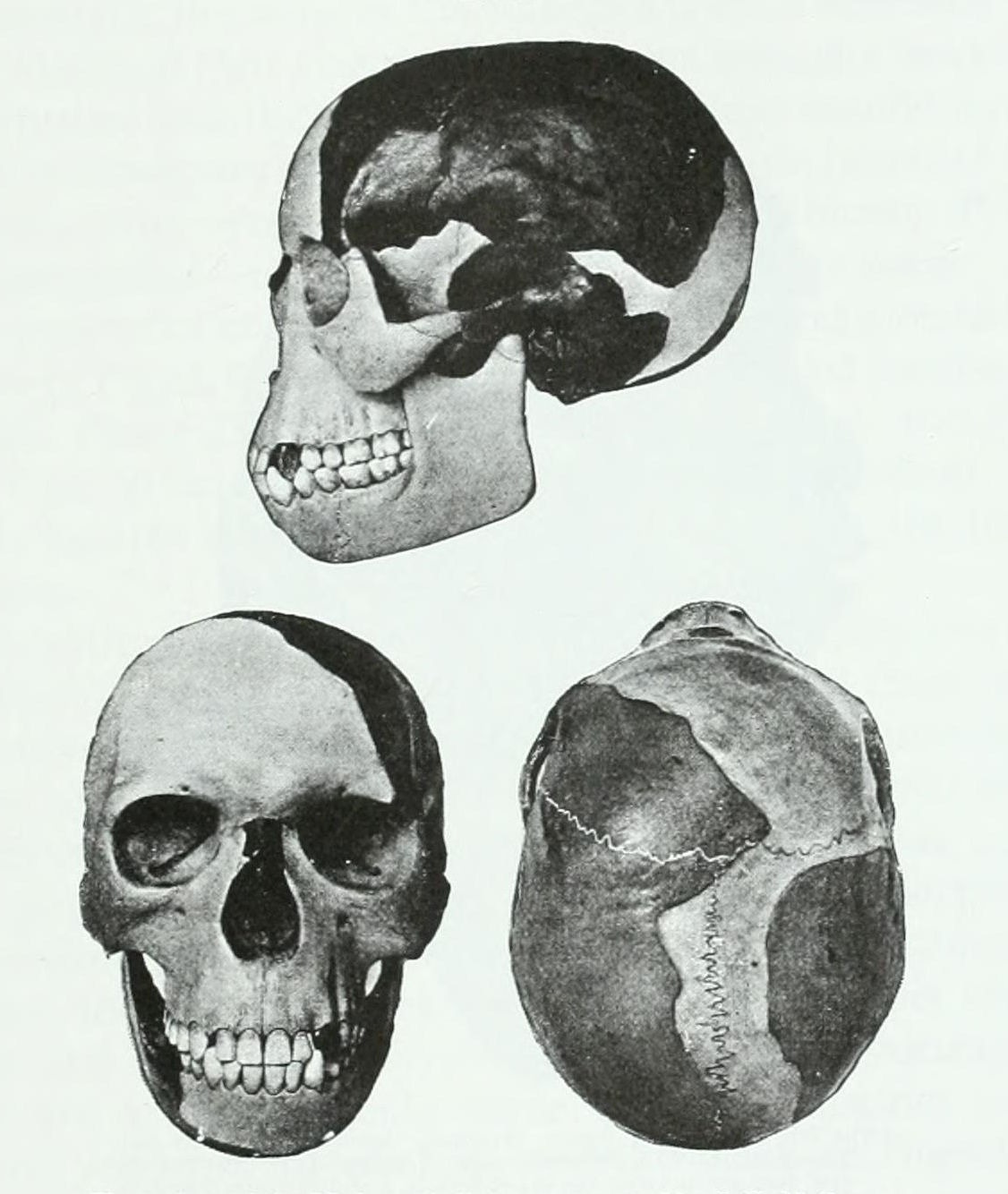
The Piltdown Man is one of the most notorious hoaxes in paleontology. In 1912, fragments of a skull and jawbone were discovered in Piltdown, England, and presented as the “missing link” between apes and humans. For over four decades, these remains were believed to be genuine, leading to significant scientific misdirection. In 1953, however, the fossils were exposed as a forgery, comprising human and orangutan bones with teeth that had been artificially altered to appear more human-like. The identity of the hoaxer remains unknown, but the incident delayed a proper understanding of human evolution. This hoax underscores the necessity for skepticism and rigorous verification in scientific research.
The Cardiff Giant
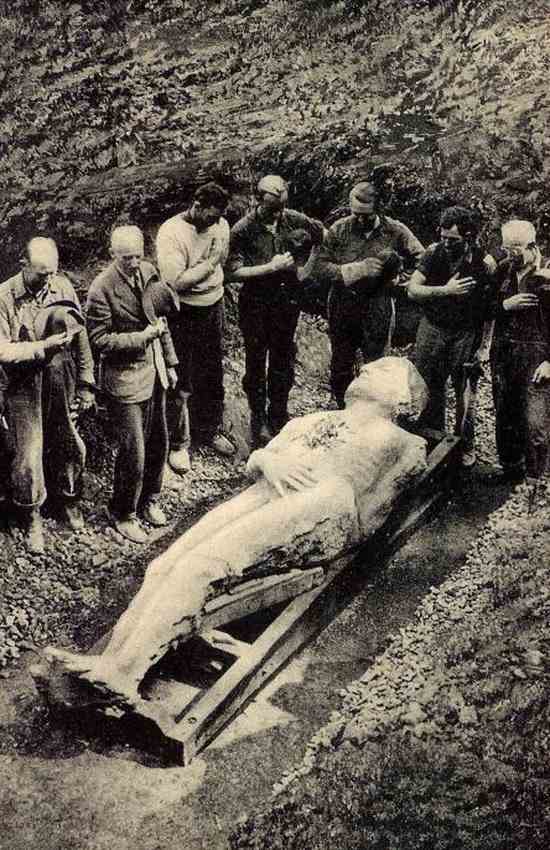
In 1869, the discovery of a 10-foot-tall “giant” in Cardiff, New York, sparked immense fascination. Known as the Cardiff Giant, it was later revealed to be a carved stone figure created by George Hull as a practical joke against religious beliefs of the time. Despite being uncovered as a hoax, the giant became a popular attraction, reflecting the ease with which sensational claims can captivate the public. Hull’s prank led to widespread debates about authenticity, underscoring how easily belief can be manipulated, even when evidence is flimsy.
The Cottingley Fairies

The Cottingley Fairies tale began in 1917 when two young girls, Elsie Wright and Frances Griffiths, claimed to have photographed fairies in Cottingley, England. The photographs attracted widespread attention and were even endorsed by the famous author Sir Arthur Conan Doyle. Not until 1983 did the girls confess that the images were faked using cut-out illustrations. This case highlights the human tendency to embrace the supernatural, often at the expense of critical analysis. The allure of believing in something magical led many to accept the photographs without question.
The Great Moon Hoax
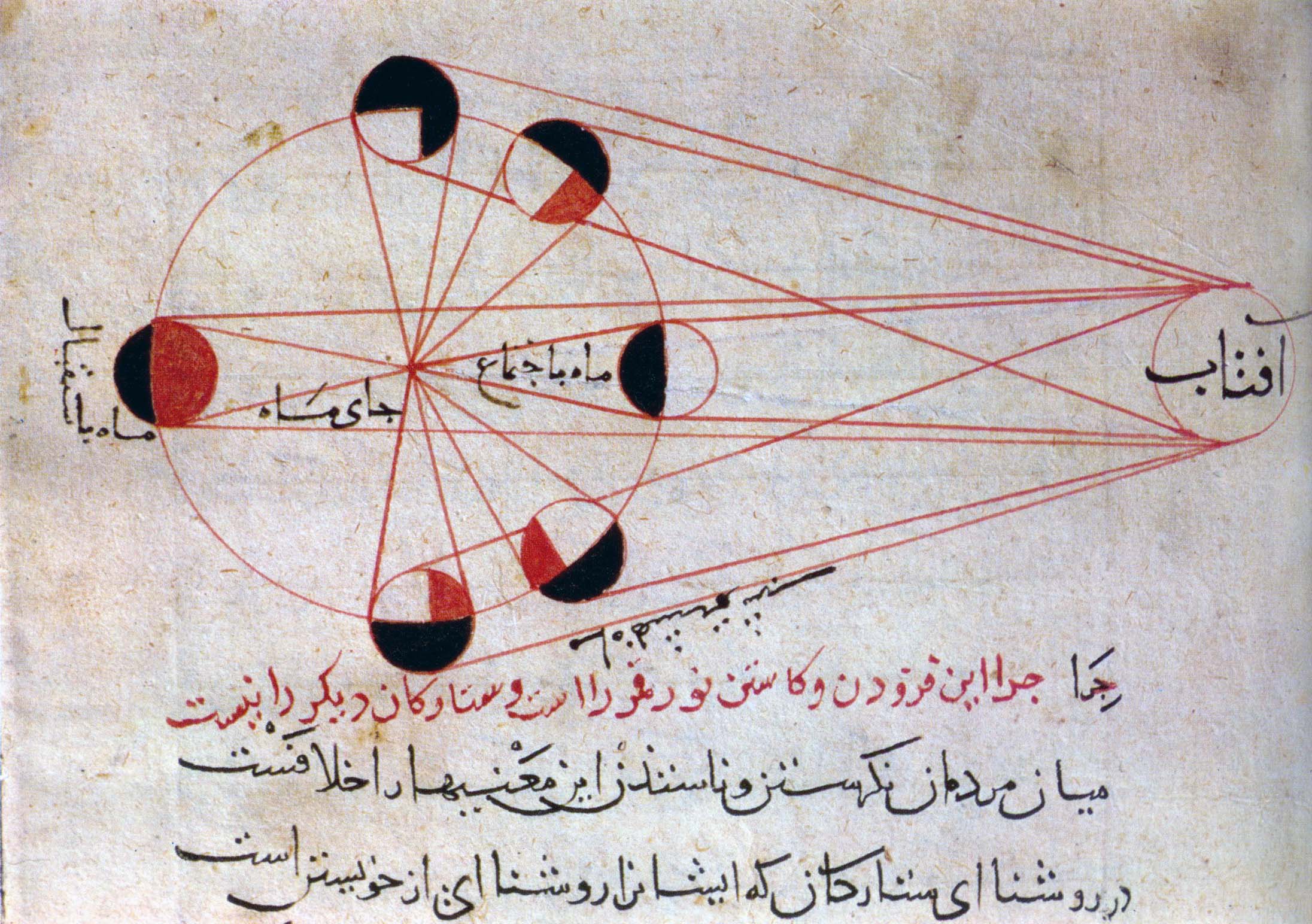
In 1835, the New York Sun published articles claiming the discovery of life on the moon, including bat-like creatures and humanoid civilizations. These articles, crafted by journalist Richard Adams Locke, were intended to boost newspaper sales. The Great Moon Hoax captivated the public’s imagination and ignited debates about astronomy and extraterrestrial life. This episode serves as a reminder of the power of sensational journalism to shape public perception and belief, often blurring the lines between reality and fiction.
The Hitler Diaries
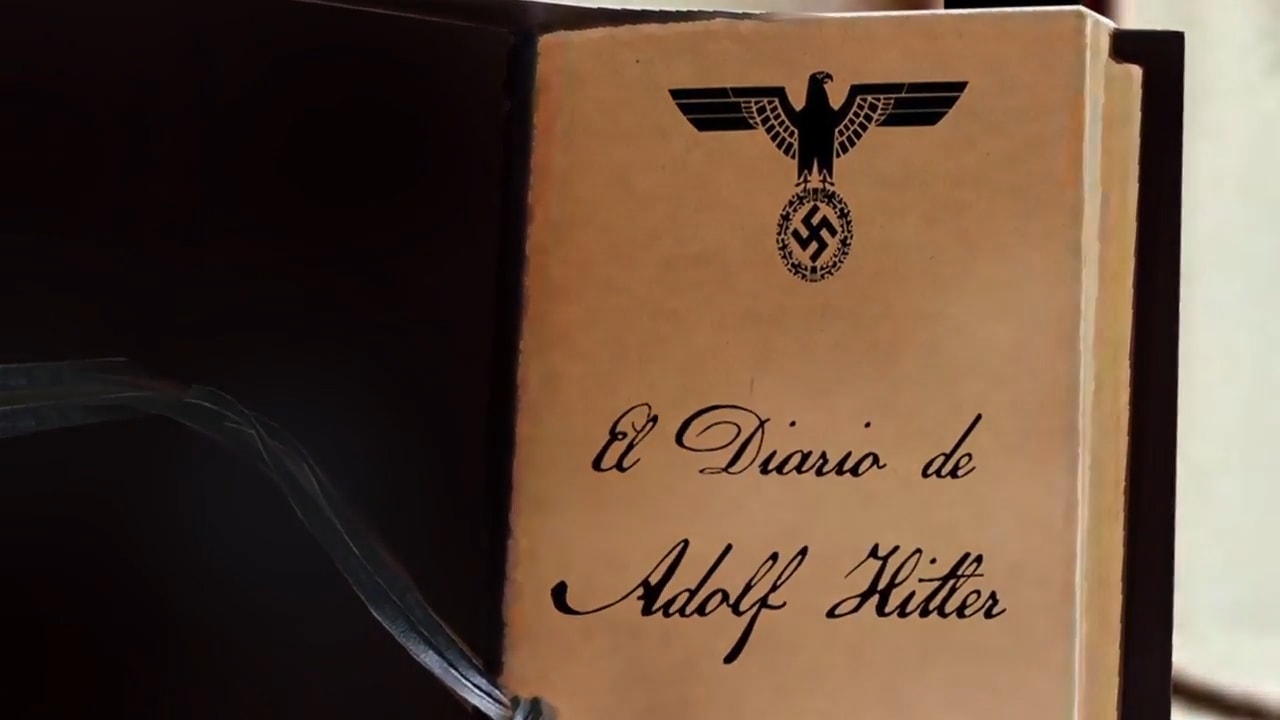
The publication of the supposed diaries of Adolf Hitler in 1983 by a German magazine led to a media frenzy. However, the diaries were later revealed to be forgeries created by Konrad Kujau. This scandal questioned journalistic integrity and highlighted the media’s responsibility to verify sources. The Hitler Diaries hoax serves as a cautionary tale about the necessity of thorough fact-checking in journalism, illustrating how even prestigious publications can be duped by convincing fabrications.
The Loch Ness Monster
For decades, the Loch Ness Monster, or “Nessie,” has intrigued and mystified the world. Though sightings date back to the 6th century, the most famous photograph, taken in 1934, was eventually admitted to be a hoax involving a model of a dinosaur-like creature. Despite the lack of concrete evidence, the legend of Nessie endures, demonstrating humanity’s fascination with the unknown. The persistence of the myth highlights how folklore can thrive even when faced with scientific scrutiny.
The Sokal Affair
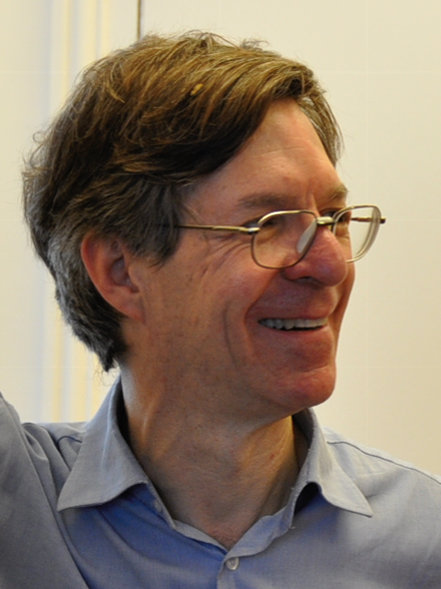
In 1996, physicist Alan Sokal submitted a deliberately nonsensical paper to a cultural studies journal, which was published without scrutiny. The Sokal Affair aimed to critique the lack of rigor in certain academic fields, particularly postmodernism. This hoax sparked debates about academic publishing standards and the importance of critical evaluation. It serves as a reminder that not all scholarly work is equal, and highlights the necessity of skepticism in assessing academic research.
The Bermuda Triangle
The Bermuda Triangle, a region in the North Atlantic Ocean, is infamous for mysterious disappearances of ships and aircraft. While many incidents are explained by natural phenomena or human error, the myth of the Bermuda Triangle persists due to sensational media coverage and fictional tales. The ongoing fascination with this area illustrates how myths can overshadow factual explanations, capturing public imagination and perpetuating mystery.
The “War of the Worlds” Broadcast
Orson Welles’ 1938 radio adaptation of H.G. Wells’ “The War of the Worlds” caused widespread panic among listeners who believed an alien invasion was unfolding. Presented as a news bulletin, the broadcast blurred the line between fiction and reality, raising questions about the power of media and the need for accurate public information. This incident exemplifies how easily misinformation can spread, emphasizing the media’s responsibility to inform truthfully.
The Fake News Phenomenon
The rise of social media has ushered in an era of fake news and misinformation. Events like the 2016 U.S. presidential election highlighted the impact of false information on public opinion and political discourse. The proliferation of fake news underscores the importance of media literacy and critical thinking in the digital age. As technology evolves, the ability to discern fact from fiction becomes crucial, making it imperative to verify sources and seek credible information.

